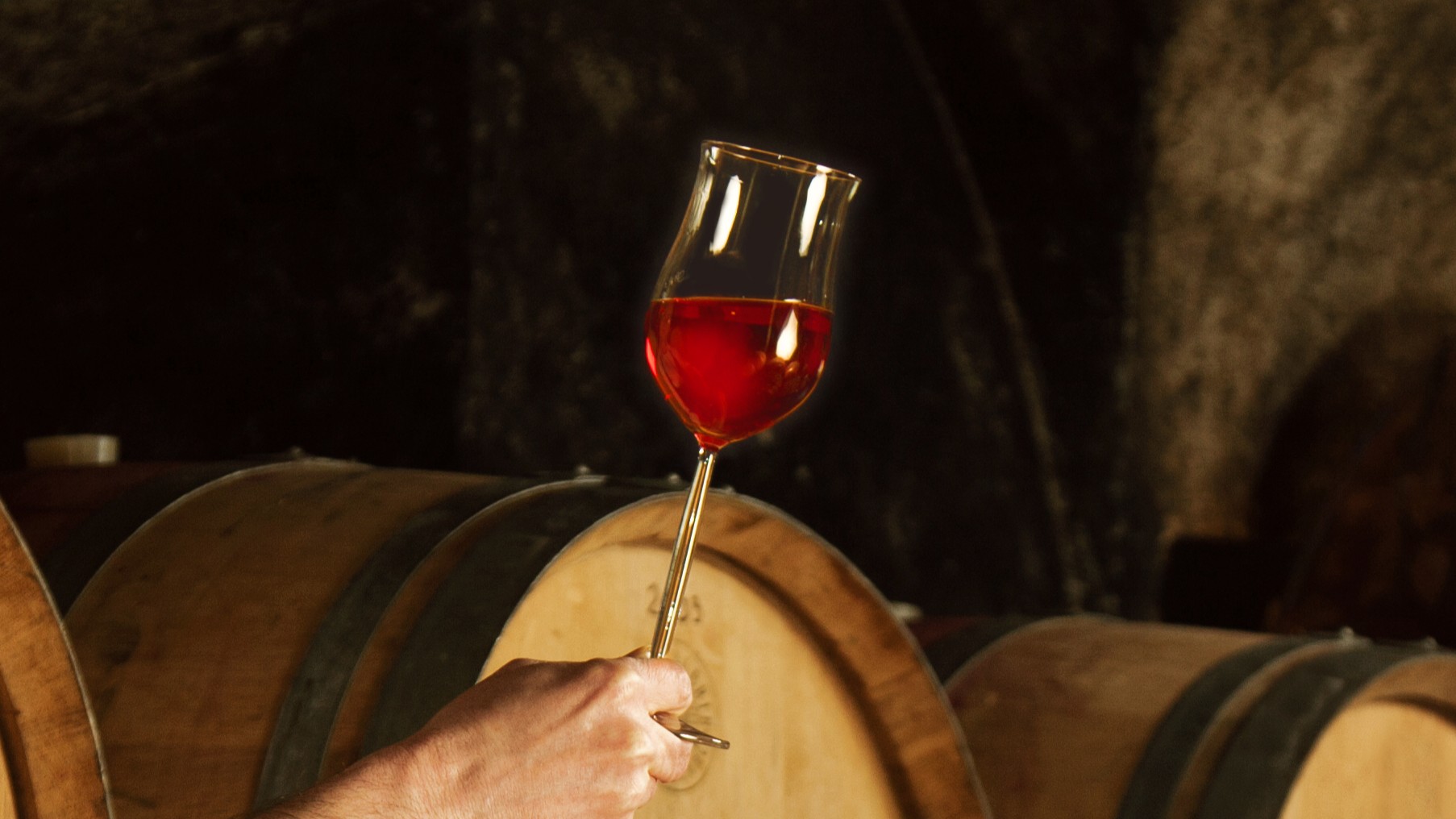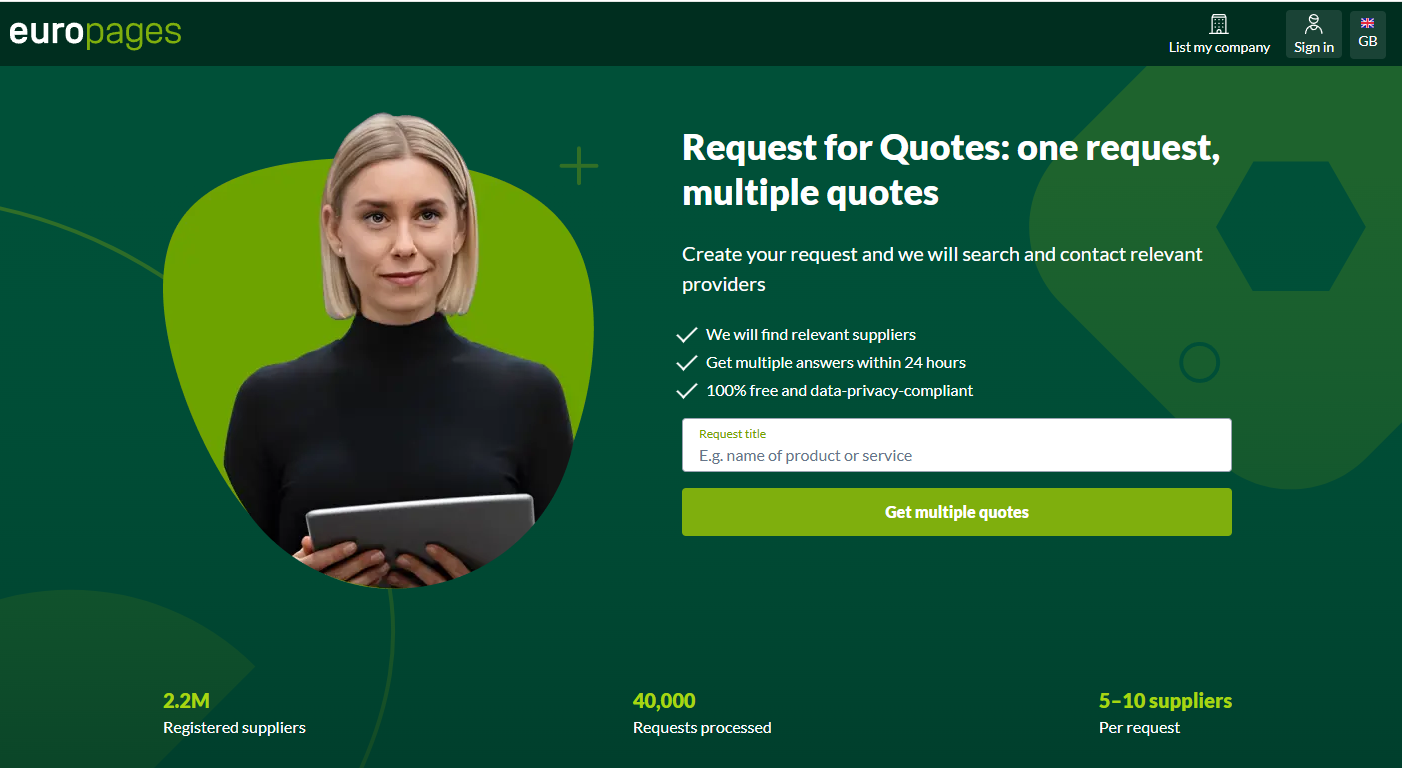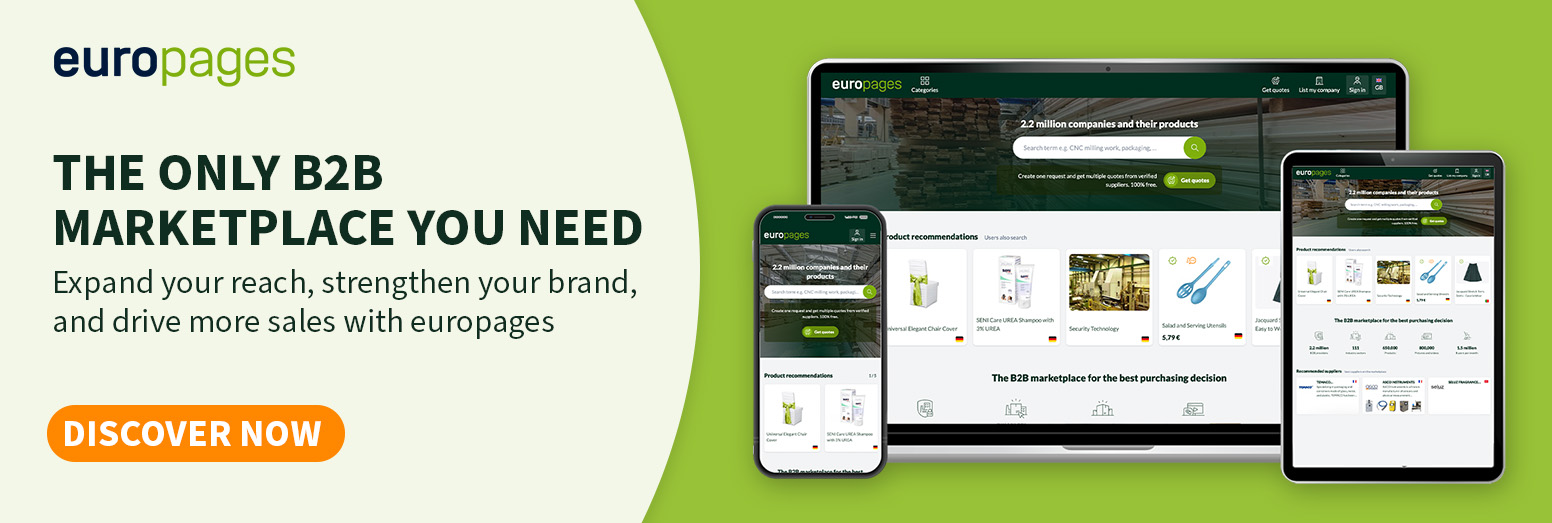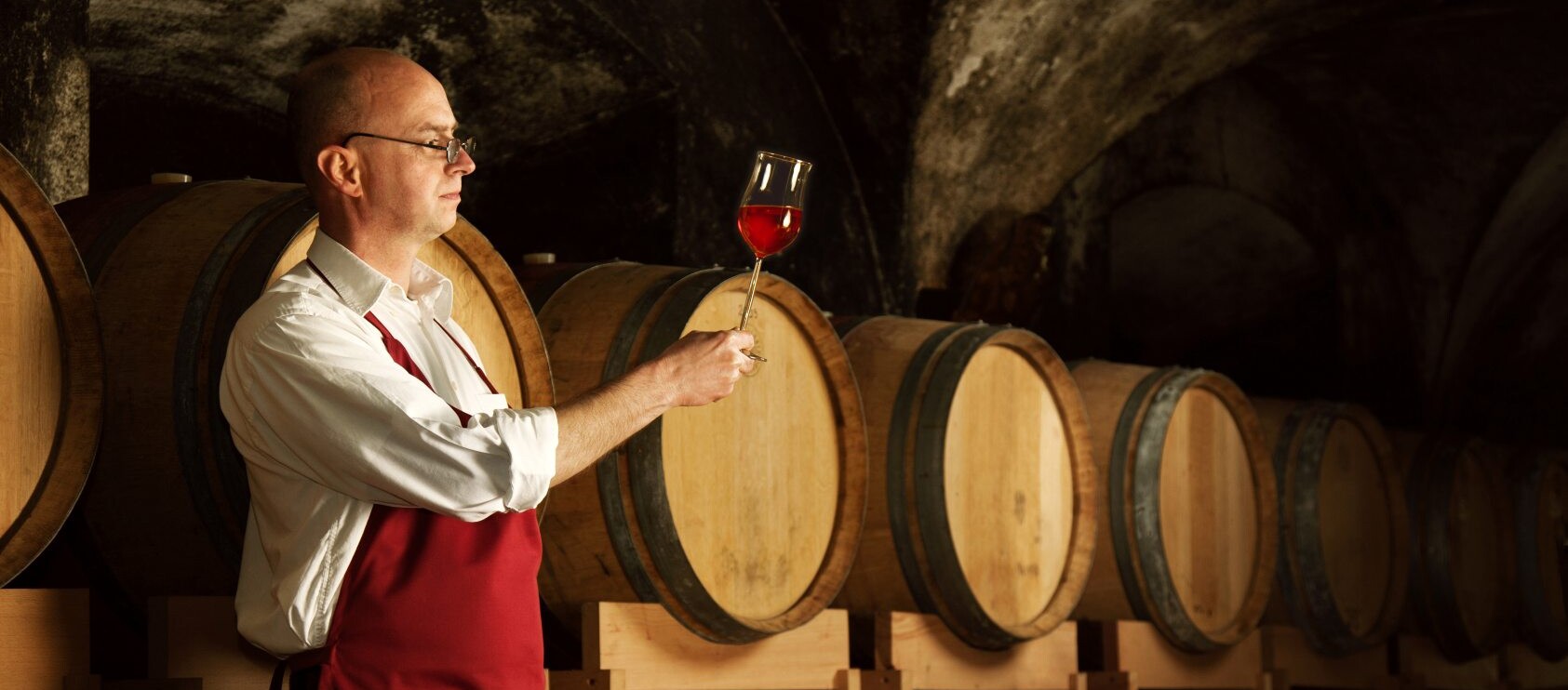Table of Content
- How Climate Change Is Affecting the Production of Italian and French Wine
- The Regions Bringing New Wine Offers to the European Market
- Sustainability Is Changing How Wine Offers are Packaged
- New Consumption Habits and Smaller Servings of Red Wine.
- New Grape Varieties Are Expanding the Range of Wine Offers
- Wine Offers Getting Smarter with Tech-Driven Insights
- Conclusion
1. How Climate Change Is Affecting the Production of Classic Italian and French Wine
Climate change is already having a visible impact on wine production across Europe.
Warmer temperatures are making it possible to grow grapes in places that were once considered too cold, like Denmark, southern Norway, and more parts of the UK.
At the same time, some of the most iconic wine regions, such as Bordeaux and Rioja, are facing new challenges. Grapes are ripening faster, which can change the structure of the wine. This often results in higher alcohol, less acidity and altered flavor profiles.
This shift has direct consequences for professionals working in sourcing, buying, and distribution. The wine offers available from traditional winemakers may start to vary more from one year to the next.
A reliable red wine from France, for example, may no longer deliver the same style or consistency your customers expect. Yields can also drop during heatwaves or drought periods, leading to supply shortages and higher prices.
However, climate change is also opening the door to new wine offers. Cooler countries are beginning to produce high-quality wines that can bring something fresh to your assortment.
Southern England is now recognized for its sparkling wine. Eastern Europe is gaining attention for its dry white wine and fruit-forward reds. Some producers in Germany are experimenting with styles that blend tradition and innovation, including wine offers such as lighter sweet red wine and expressive dessert wine.
| The Advantages | The Challenges |
Access to new suppliers and styles, adding freshness to your portfolio. A growing market for wines with a sustainable or regional story. Expanded wine offers like dessert wine or even a niche Italian red wine from higher-altitude vineyards.
| Inconsistent yields in warmer regions can affect supply and pricing. Long-term contracts with traditional producers may require renegotiation. Consumer expectations may need to be managed, especially when a well-known red wine no longer tastes the same.
|
2. The Regions Bringing New Wine Offers to the European Market
Europe’s wine production line is expanding. Alongside well-known French and Italian red wine, regions like Germany and parts of Eastern Europe are gaining attention for their distinctive styles and strong value.
These emerging producers are adding new layers to the market. Crisp dry white wine from Hungary, structured English red wine, and aromatic sweet white wine from Romania are just a few examples of what’s now available.
For buyers and sourcing teams, these new wine offers are a practical way to add variety without driving up costs. They make it easier to refresh your lineup, bring in something different, and meet the growing interest in wines that come with a strong regional identity or a sustainability angle.
With some traditional regions facing climate-related supply issues and rising prices, having more flexible wine offers is a real advantage.
However, the main challenge is awareness. Consumers may hesitate when faced with unfamiliar names or grapes. Success often depends on how clearly the offer is explained and how well it’s presented alongside more established options.

3. Sustainability Is Changing How Wine Offers are Packaged
Another notable trend is the move toward more sustainable wine packaging. Producers are moving away from heavy glass bottles and exploring eco-friendly alternatives like lightweight glass and recyclable aluminum.
Retailers like Aldi have already launched wines in aluminum bottles that are 75% lighter than glass, reducing shipping costs and carbon emissions.
For B2B professionals, this shift opens the door to new wine offers that align with consumer demand for sustainable products.
Lighter packaging formats are especially relevant for high-volume wines such as sweet red wine, dry white wine, and sparkling wine, where transport efficiency matters.
Still, moving to alternative packaging comes with hurdles. Many consumers still associate quality with traditional glass bottles, especially when it comes to premium wines like classic red wine or well-known French wine.
Balancing sustainability with expectations means introducing change gradually. Clear communication, strong product quality, and thoughtful positioning are key to making it work.
Pro Tip: Don’t overlook labeling. It’s changing fast, especially in the EU.
As more wine offers hit the shelves in new formats and from lesser-known grape varieties, labeling rules are starting to shift too.
Here's a recent example of new rules for wine labelling: wines produced after December 2023 in the EU now need to include nutritional and ingredient information, either directly on the label or via a QR code.
If you’re working with alternative packaging like aluminum bottles, launching a private label, or importing wine offers from newer regions, it’s worth double-checking how these changes might affect you.
Staying ahead of compliance saves time, avoids relabeling headaches, and helps build trust with buyers who care more and more about transparency.
4. New Consumption Habits and Smaller Servings of Red Wine
Wine consumption habits are evolving fast. In the UK and across parts of Europe, restaurants and bars are increasingly moving toward smaller servings for their wine offers.
The once standard 175ml glass is being replaced more often by 125ml pours. This is due to a mix of health-conscious behavior, rising prices, and changing consumer expectations.
For the trade, this shift is about more than just glass size. It’s redefining how wine offers are structured and delivered. Smaller servings give establishments the flexibility to present a broader range of options without overwhelming the customer or the menu.
This trend opens the door to more by-the-glass variety, which can improve the overall experience and encourage discovery.
At the same time, it’s forcing a rethink of service models. Smaller pours can mean tighter margins and more open bottles to manage.
Preserving wine quality between servings becomes more important, especially for premium selections like a French wine or Italian red wine.
Staff may need extra training on storage, preservation systems, or how to confidently present tasting flights that feature red wine, sweet white wine or even dessert wine in a way that feels intentional and high value.
This shift ties in with the broader move toward wellness and mindful drinking. Smaller servings let people enjoy wine without overdoing it, and for B2B professionals, it’s a chance to rethink wine offers in a way that highlights quality, variety, and experience over quantity.
But for all this to work, finding the ideal supplier is essential, as consistency, flexibility, and alignment with these evolving preferences are key to success.

5. New Grape Varieties Are Expanding the Range of Wine Offers
As climate pressures grow, winemakers across Europe are rethinking what they plant. Traditional grapes don’t always thrive under today’s conditions, especially in regions facing hotter summers, earlier harvests, or irregular rainfall.
The response? Innovation in the vineyard. Producers are experimenting with new and lesser-known grape varieties that can handle shifting climates, and still produce great wine.
Take Albariño in Southern England. Once considered too delicate for the UK’s cooler climate, it’s now delivering fresh, aromatic wines that appeal to modern palates.
Other growers are testing drought-resistant varieties in areas like Sicily and parts of Eastern Europe, crafting wines that stand out with bold, distinctive character.
For B2B professionals, this evolution presents real opportunities. These new grapes often lead to wine offers with fresh, distinctive styles. Think crisp dry white wine, juicy sweet red wine, or structured reds that pair well with food and suit today’s lighter drinking habits.
They also support supply stability, helping producers maintain volumes despite unpredictable weather patterns.
Of course, innovation takes time. Developing new wine offers involves research, trial vintages, and patience. Some varieties may take years to gain consumer recognition.
And even then, getting people to reach for a bottle made from an unfamiliar grape instead of a classic French wine or Italian red wine can be a challenge.
That’s where strong storytelling and smart positioning come in. Retailers and distributors can play a key role by introducing these wine offers in curated wine gifts, seasonal promotions, or limited-edition releases.
Framing them as sustainable, climate-conscious choices adds even more value, especially for customers seeking something unique that aligns with their values.
6. Wine Offers Getting Smarter with Tech-Driven Insights
Across Europe, technology is playing a growing role in how wine is produced, chosen, and brought to the market.
Tools like vineyard sensors and e-commerce analytics help professionals make more informed decisions, which is starting to influence the quality, variety, and timing of wine offers.
Smarter Technologies in the Vineyard
For producers, especially those dealing with climate pressure, precision tools are becoming a game changer.
Using satellite imaging, soil sensors, and AI-based forecasting, growers can now track vine health, water needs, and ripening patterns more accurately than ever before. That means better harvest planning, more consistent styles, and less waste.
This translates into a steadier supply of essential wine offers like dry white wine and red wine, with fewer surprises in volume or profile.
With climate conditions becoming harder to predict, vineyards are turning to real-time monitoring and short-term forecasting tools rather than relying only on historical weather data.
These systems help growers adjust quickly to changing conditions, improving visibility around expected yields and allowing suppliers to plan with more confidence, even if perfect accuracy is no longer possible.
Inventory Insights with Tracking Tools
On the sales and retail side, data tools are just as transformative. Distributors and retailers are using analytics to track sales performance, understand customer preferences, and adjust stock accordingly.
For example, if a surge in sweet red wine is detected in a particular region, platforms can respond by adjusting shelf space or pushing targeted promotions.
More advanced retailers are also experimenting with dynamic wine offers, like bundles or seasonal picks based on customer behavior and location. This helps optimize inventory and creates a more relevant experience for end consumers.
Why It Matters for B2B Professionals
For wine buyers, sourcing managers, and brand developers, these tools mean less guesswork. Instead of relying on assumptions or last year’s trends, teams can use real-time data to shape wine offers that reflect what customers want, whether that’s sparkling wine, French wine, or a sweet white wine for summer.
Suppliers wanting to expand their reach and exposure can also use digital platforms and insights to better position their offers, target the right markets, and build stronger brand visibility.
Despite the potential, digital transformation isn’t always easy. Many small to mid-sized producers, especially in traditional regions, don’t have the infrastructure or know-how to fully adopt tech tools. There’s also a learning curve for staff and a need for better integration across systems.
That’s where larger distributors, importers, and tech-forward retailers can step in. Not only by adopting these tools themselves but by sharing insights and building more collaborative partnerships across the supply chain.

7. Conclusion
Wine in 2025 is evolving on every front. Climate change is affecting how classic red wine and white wine are produced, new grape varieties are expanding wine offers, and consumers are leaning toward smaller servings and more sustainable choices.
The question for B2B professionals is simple: how will you adjust your wine offers to meet changing expectations while staying competitive in a fast-moving market?
For more information on recent news and trends in the food industry, read these insightful articles on europages’ Inside Business Blog:
10 Trends Reshaping the Supplier of Frozen Food in 2025
Friendshoring: Benefits for the EU Provider of Vegetables
Coffee Price Shock: Impact on Every Provider of Coffee

